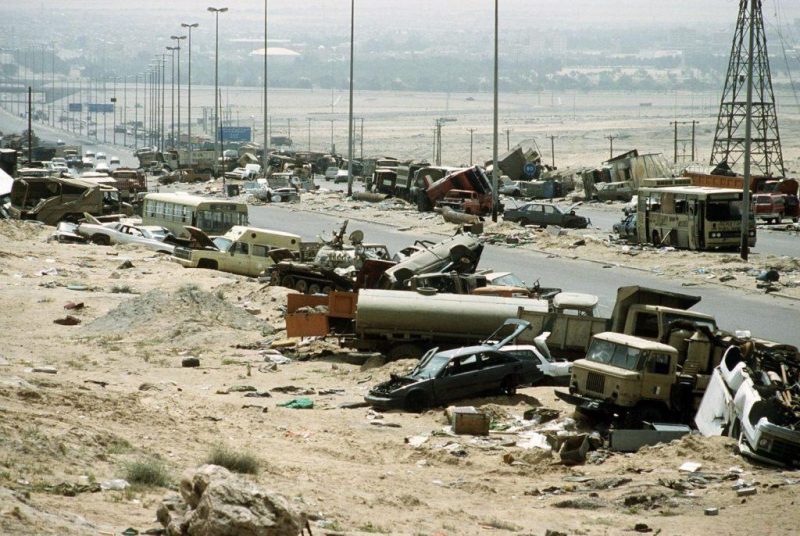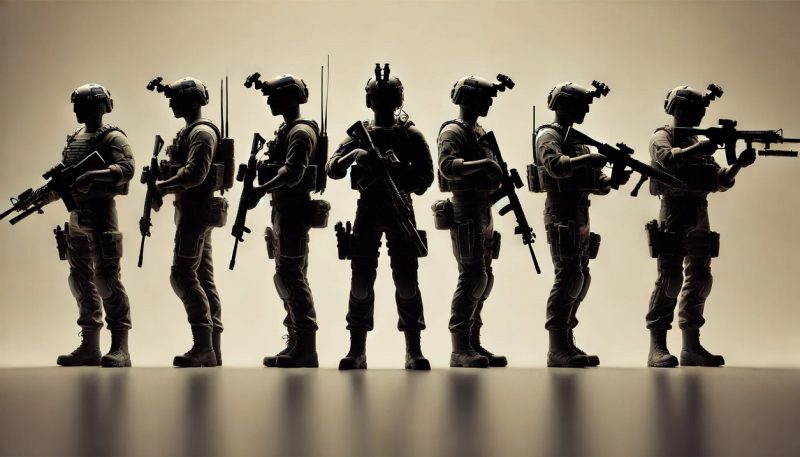The FV4030/4 Challenger 1 is the predecessor to the current British main battle tank (MBT) Challenger 2. The British Army used it from 1983 to 2001. After heavy modifications, it is also currently used by the Royal Jordanian Army as its main battle tank. Challenger 1 was on a par with Leopard 2 and the M1 Abrams, while its successor Challenger 2 kept pace with vehicles like Leopard 2A5 and Abrams M1A2.
Key recognition features
- Front idlers project ahead of the nose, which slopes back under the hull, well-sloped glacis plate with driver’s hatch recessed in the center, turret center, slightly raised engine compartment rear, hull rear slopes inwards at a sharp angle.
- The turret has a well-sloped front angled to the rear, turret sides vertical. Commander’s cupola on the right side with external 7.62 mm machine gun, opening in the right side of the turret of TOGS.
- Suspension on each side has six road wheels, idler front, drive sprocket rear, and four-track return rollers. Skirts cover the upper part of road wheels and suspension.
Development
Challenger 1 is a development of the Shir 2 MBT built initially to meet Iran. First production tanks were delivered by Royal Ordnance Leeds (taken over by Vickers Defence Systems in 1986) in March 1983, and production continued to 1990, by which time 420 had been built. Further development resulted in the Challenger 2 MBT.

Challenger 1 has Chobham armor in its hull and turret, giving a high degree of protection against kinetic and chemical energy attacks. The driver sits front, turret center, engine, and transmission rear.
Commander and gunner sit right of turret, loader left. 120 mm L11A5 rifled gun is identical to Chieftain’s and power-elevates from – 10 degrees to + 20 degrees, with turret traversing 360 degrees. Ammunition includes APDS-T, APFSDS-T, HESH, smoke and training, and all rounds of different loading types. A 7.62 mm machine gun is mounted coaxially to the left of the main armament and a second on the commander’s cupola.
The Improved Fire Control System includes a laser rangefinder. Challenger 1s have been fitted with the Barr and Stroud Thermal Observation and Gunnery system. Withdrawals of British Army Challenger 1 in British Service began in 1998, and it had been completely replaced by Challenger 2 MBT by 2001.

There was a security issue with regard to taking Challenger 1 out of service, as the Chobham armor was classified. One option considered was to smelt the entire tank once certain items had been removed. Still, the British Steel large-scale smelter was out of service, so disposal by sale to Jordan, with stringent security stipulations, was arranged for most of the fleet.
Jordan paid a modest price for each tank and rigorously applied security measures. The Tank Museum took at least one example (they wanted three), and others went to units requesting one as a gate guardian, including RMA Sandhurst.
Variants
Some 420 of these fine tanks were built for the British Army to replace about half of the fleet of around 900 Chieftains. There were a few variants built:
- Challenger 1 can be fitted with a front-mounted dozer blade or mine-clearing systems.
- Challenger 1s used in the Middle East were fitted with additional armor protection.
- Challenger Armored Repair and Recovery Vehicle
- Challenger Driver Training Tank, Challenger 1 with the turret replaced by a non-rotating turret
Operational use
Until 2001, it was in use with British Army. It took part in various conflicts, including Gulf War in 1991. In combat, during Op GRANBY (1991 liberation of Kuwait), the Challenger 1 distinguished itself admirably, partly because the UK and German forces were stripped bare to provide the necessary support. British Challenger 1 set the longest tank-on-tank kill shot from over 4,700 meters during the Gulf War.

Technical specifications
| Country of origin: | United Kingdom |
| Manufacturer: | Vickers Defence Systems |
| Crew: | 4 |
| Armament: | 1 x 120 mm, 1 x 7.62 mm machine gun (coaxial), 1 x 7.62 mm MG (anti-aircraft), 2 x 5 smoke grenade dischargers |
| Ammunition: | 64 x 120 mm, 4,000 x 7.62 mm |
| Length gun forwards: | 11.56 m |
| Length hull: | 8.327 m |
| Height to top of commander’s sight: | 2.95 m |
| Height to turret top: | 2.5 m |
| Ground clearance: | 0.50 m |
| Power-to-weight ratio: | 19.2 hp/tonne |
| Width overall: | 3.518 m |
| Weight, combat: | 62,000 kg |
| Weight, empty: | 60,000 kg |
| Ground pressure: | 0.97 kg/cm2 |
| Engine: | Perkins Engines (Shrewsbury) Condor 12V 1,200 12-cylinder diesel developing 1,200 bhp at 2,300 rpm |
| Maximum road speed: | 56 km/h |
| Maximum road range: | 450 km |
| Fuel capacity: | 1592 lit |
| Fording: | 1.07 m |
| Gradient: | 58% |
| Side slope: | 40% |
| Armor: | Classified |
| Armor type: | Chobham/steel |
| Vertical obstacle: | 0.9 m |
| NBC system: | Yes |
| Trench: | 2.8 m |
| Night vision equipment: | Yes (passive for commander, gunner, and driver) |






